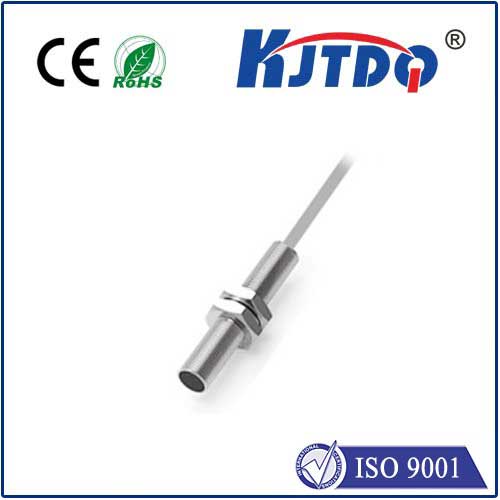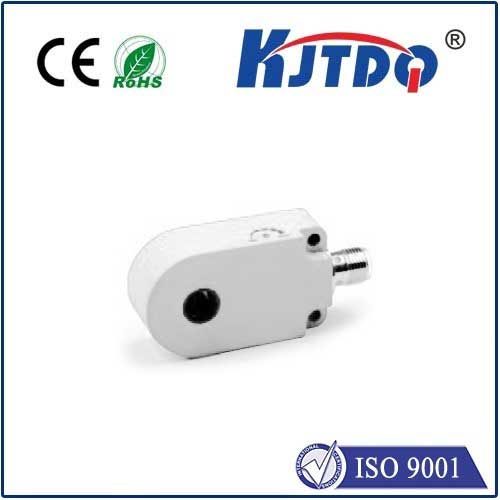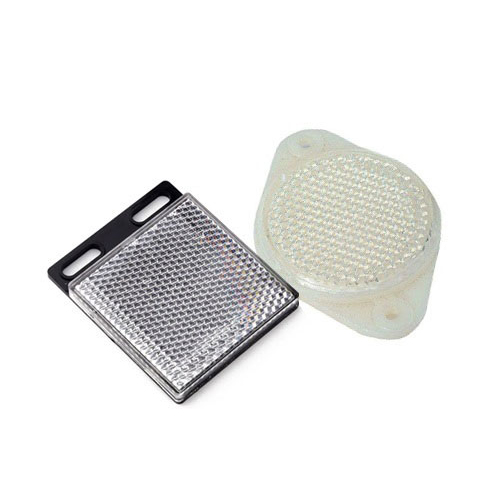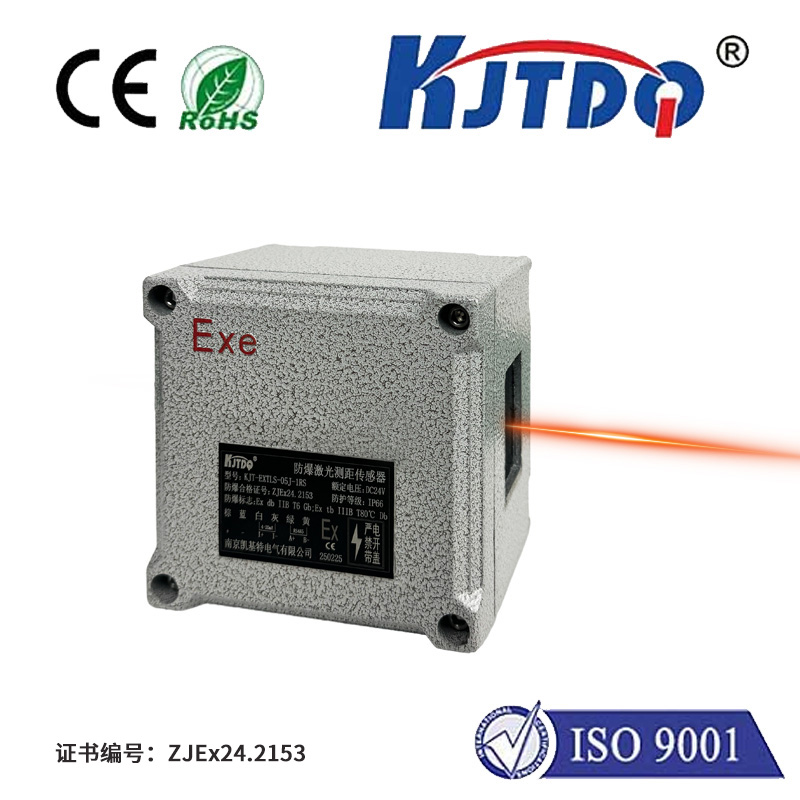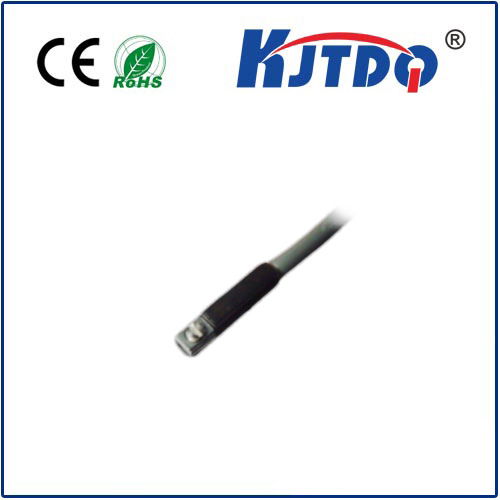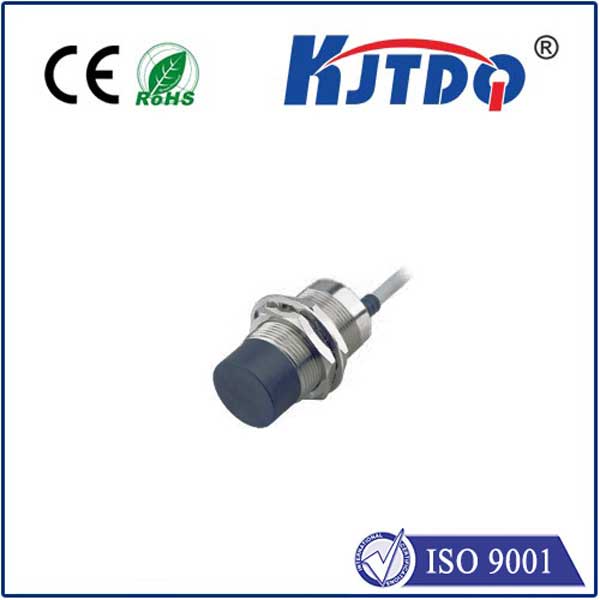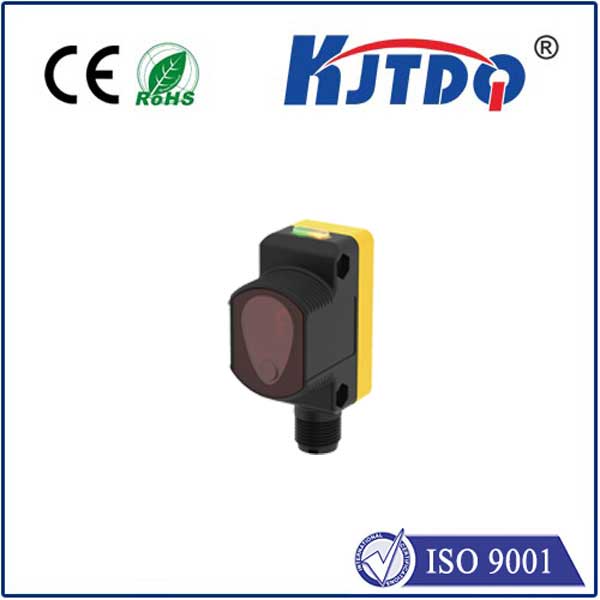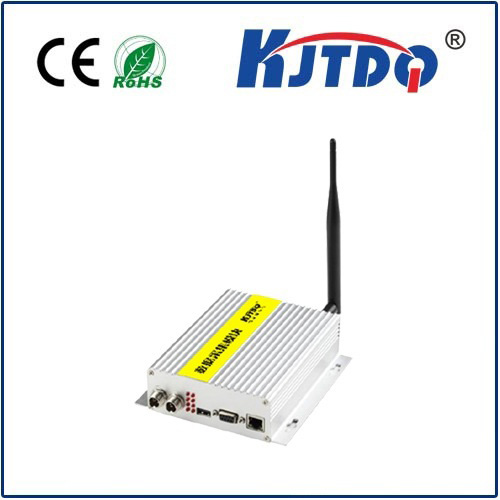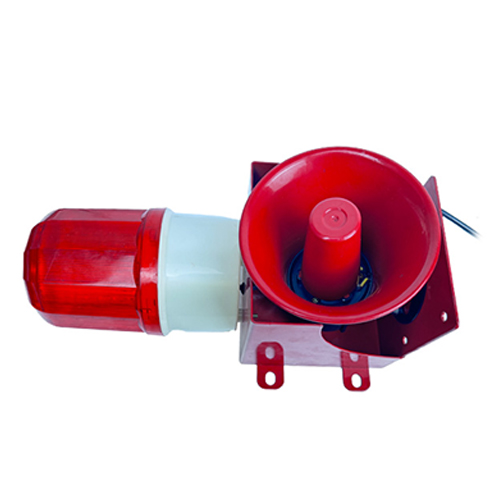

check

check

check

check
Imagine technology that can detect objects without touching them, working reliably even when covered in grime, dust, or liquid splashes. This isn’t science fiction; it’s the core capability of capacitive proximity sensors, and when you need absolute reliability in demanding industrial settings, SICK capacitive proximity sensors consistently rise to the top. These ingenious devices detect the presence or absence of nearly any material by sensing subtle changes in an electromagnetic field, making them indispensable tools for automation engineers tackling complex detection challenges.
Unlike their inductive counterparts (which excel with metallic targets), capacitive proximity sensors operate on a different principle. They generate an electrostatic field from the sensor’s face. When any object – plastic, wood, liquid, glass, powder, or metal – enters this field, it causes a measurable change in the sensor’s capacitance. This change triggers the sensor’s output switch. This fundamental characteristic makes SICK capacitive sensors incredibly versatile. They shine in applications where optical sensors might be blinded by dirt or fog, or where physical contact is undesirable or impossible.
Why choose SICK capacitive proximity sensors specifically? SICK AG, a global leader in sensor intelligence, brings decades of precision engineering and innovation to this technology. Their sensors are renowned for:
The applications for SICK capacitive proximity sensors are vast and critical:
Selecting and installing the right SICK capacitive sensor is key to success. Consider factors like the sensing range required, the size and shape of the target object, the material properties of both the target and the surrounding environment (especially the container material for level sensing), the necessary IP rating, output type (PNP/NPN, NO/NC), and connectivity needs (IO-Link). Pay close attention to the sensitivity adjustment – correctly setting this potentiometer is often essential to filter out background interference and achieve reliable object detection. Mounting position relative to potential interfering objects and the target is also crucial. While highly resistant, keeping the sensing face clean optimizes performance, especially for detecting low-dielectric materials or achieving maximum range.
For engineers navigating the complexities of industrial automation, where detecting non-metallic objects or monitoring levels in challenging environments is paramount, SICK capacitive proximity sensors offer an unbeatable combination of versatility, resilience, and precision. Their robust construction ensures longevity in harsh settings, while their sophisticated sensing principle and adjustable sensitivity provide the flexibility needed to solve diverse and demanding detection tasks reliably. Investing in SICK technology means investing in process certainty and minimizing costly downtime.
